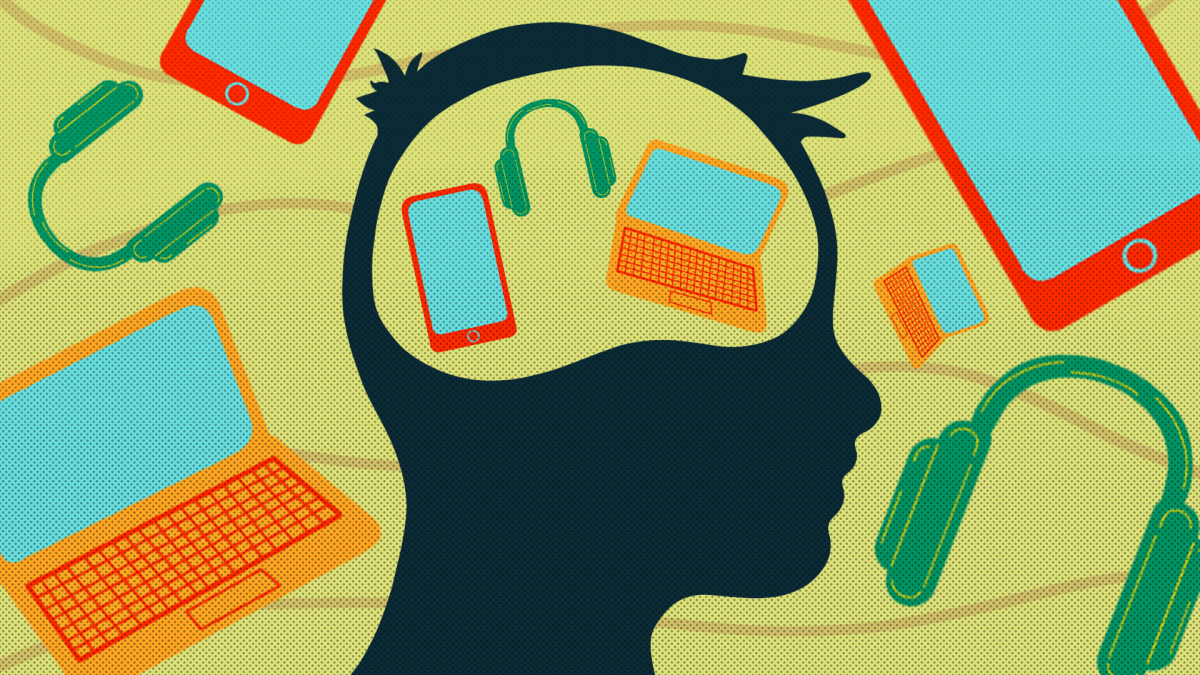In the continuously evolving landscape of technology, virtual reality has emerged as a powerful tool for entertainment, education and immersive experiences. However, an unsettling trend has materialized: young children now dedicate prolonged hours to exploring virtual realms through devices like the Oculus.
The concerns surrounding the potential hazards they encounter in this digital age have not merely surfaced — they have intensified, demanding our immediate attention.
The surge in children immersing themselves in virtual worlds signifies a shift that goes beyond technological exploration. It examines the very fabric of childhood, raising questions about the repercussions of an extended stay in these digital realms. The rise of concerns is not an isolated narrative, but a chorus echoing the anxieties of parents, educators and advocates for the well-being of youth. The extended hours spent in VR pose an immediate threat to the physical, social and cognitive development of our children.
This is not a plea for a return to technologically archaic times, but a passionate call for recalibration.
Isolation
A critical aspect of childhood development involves the acquisition of social and emotional skills through real-world interactions. An over-reliance on virtual experiences hinders the development of these crucial interpersonal skills. The absence of genuine human connections in virtual settings raises concerns, specifically about potential isolation and its impact on children’s ability to navigate the complexities of relationships in the real world. Jeanine Stefanucci, a psychology professor at the University of Utah, said VR devices like the Oculus can “cut kids off from the real world.”
This shift in technological evolution signifies a profound alteration to childhood itself. The dangers inherent in the over-reliance on virtual experiences are not confined to the digital sphere — they reverberate in the real world. It’s not just children engaging with screens — it’s an intrusion upon the sanctity of face-to-face interactions, the foundation upon which social skills are strengthened and emotional intelligence cultivated.
Physical Development
Companies like Oculus recommend that young children avoid using the VR headset altogether. When they do use it, the suggested time limit is between 30-45 minutes. Since VR involves a screen that displays everything centimeters away from your eye, it “creates an illusion of being in a three-dimensional world when in fact you’re looking at a two-dimensional screen,” said Stefanucci.
The proximity of the screen to the eyes raises concerns about its implications for the developing visual perception of young users. While VR is a unique visual experience, it could greatly affect the cognitive processes and visual development of children.
A Digital Babysitter
As children immerse themselves in virtual worlds, the diverse range of content available becomes a point of concern. We must prioritize vigilant monitoring to ensure age-appropriate content within virtual environments. Striking a balance between the educational and entertaining aspects of VR while safeguarding children from unsuitable content is crucial.
With the growing prevalence of VR devices like the Oculus, some parents are turning to virtual reality and other screens as a form of babysitting. While the technology may provide a temporary solution for busy parents, it raises questions about the consequences of substituting real-world interactions with virtual.
We must acknowledge the importance of parental involvement in guiding and moderating children’s use of the Oculus to ensure a balanced approach to entertainment and supervision.
The Future of Virtual Reality
Stefanucci also talked about how we can harness VR and use it to improve our society. For example, in situations where adults or children suffer from phobias or fear of certain situations, “VR has been shown to be really good at easing [individuals] into exposure therapy,” said Stefanucci. “We have this ability to show people another world. How can we use that to do something good for society?”
In exploring the challenges posed by children spending extensive time in VR, we gain a comprehensive understanding of the concerns associated with VR devices, particularly the Oculus, in their lives.
It is imperative to address these concerns proactively, recognizing the potential pitfalls while striving to harness the positive aspects of VR for the benefit of children’s education and entertainment.




